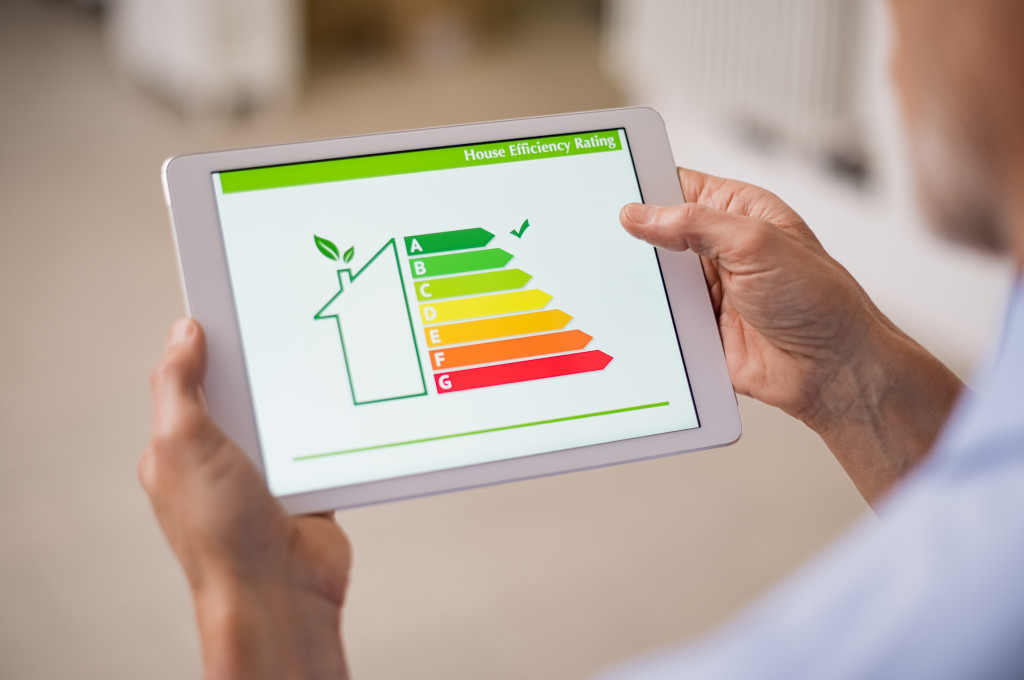Renewable energy is becoming increasingly popular in homes across the United States. A recent National Renewable Energy Laboratory study showed that the number of U.S. homes using renewable energy has tripled since 2004. The primary renewable energy sources used in homes are solar and wind.
Here are some statistics to back up this claim:
- Solar energy installations have grown 30-fold since 2007.
- Wind power installations have increased by 20% per year since 2000.
- In 2016, renewables accounted for nearly two-thirds of the new electricity capacity installed in the United States.
The goal is to be energy efficient for most people, but installing renewable energy can be expensive. Fortunately, there are other options for homeowners to reduce their energy consumption and save money. Here are a few alternatives to consider for home energy efficiency.
Upgrading Appliances
Modern appliances are much more energy efficient than older models. Replacing an old, inefficient refrigerator with a new Energy Star model can save you hundreds of dollars per year on your electric bill. The same applies to other appliances such as dishwashers, washers and dryers, and air conditioners.
By upgrading to newer, more energy-efficient models, you can save money on your utility bills while reducing your environmental impact. New appliances meet or exceed the latest energy efficiency standards the Department of Energy sets, so you can be confident that you’re getting the most out of your investment.
Another benefit of upgrading to newer appliances is that they often come with advanced features that save you even more energy. For example, many new dishwashers have a “smart” mode that adjusts water usage based on the size and type of load. This can save up to 20% on your water bill each month.
So if you’re looking for ways to reduce your home’s energy consumption, upgrading to newer appliances is a great place to start. Not only will you save money on your monthly bills, but you’ll also be doing your part to help the environment. It might mean spending money, but it will be worth it in the long run.
Updating Windows and Doors
Replacing old, drafty windows and doors with new ones is another great way to reduce energy costs. By sealing up these air leaks, you can significantly reduce the heat or cold air that escapes your home. This will help you save money on heating and cooling costs throughout the year.
Window furnishing installations will also help keep the temperature in your home more consistent. Blinds, curtains, and shades block direct sunlight during summer, helping keep your house cooler. During winter, they’ll trap heat inside and reduce the energy needed to warm up a room.
In addition to saving money on your monthly bills, replacing windows and doors also has other benefits. It can increase the value of your home by making it more attractive to potential buyers. Plus, newer windows and doors provide better insulation for sound, so you’ll also have a quieter living environment.
Installing a Programmable Thermostat

Programmable thermostats offer an easy way to save money on your energy bills. Setting your home’s temperature at different times of the day can reduce energy consumption and keep your house comfortable. For example, you can set it to a lower temperature during the night when everyone is asleep and turn it back up in the morning before everyone wakes up.
This simple upgrade will allow you to control your energy usage better while maintaining a comfortable living environment. Plus, many programmable thermostats have other features like remote access, so you can make adjustments from anywhere using a smartphone or tablet.
Insulating the Home
Insulating your home is one of the best investments for energy efficiency. It helps keep heat in during the winter and out during the summer, reducing the energy needed to maintain a comfortable temperature inside.
Adding insulation to attics, walls, and crawl spaces can save up to 20% on your annual heating and cooling bills. This will help reduce your monthly expenses and improve air quality since dust and other particles are kept from entering your home.
You do not have to insulate every area of your home at once. Start with the attic since this is usually the most effective area for increasing energy efficiency. If you have an older home, check if any of your insulation needs to get replaced due to age or damage.
Final Thoughts
You can achieve home energy efficiency without investing in renewable energy sources. Many options are available, like updating appliances, replacing windows and doors, installing a programmable thermostat, and insulating the home. You can save money while reducing your environmental impact. So start making small changes today to make a big difference in the future!







